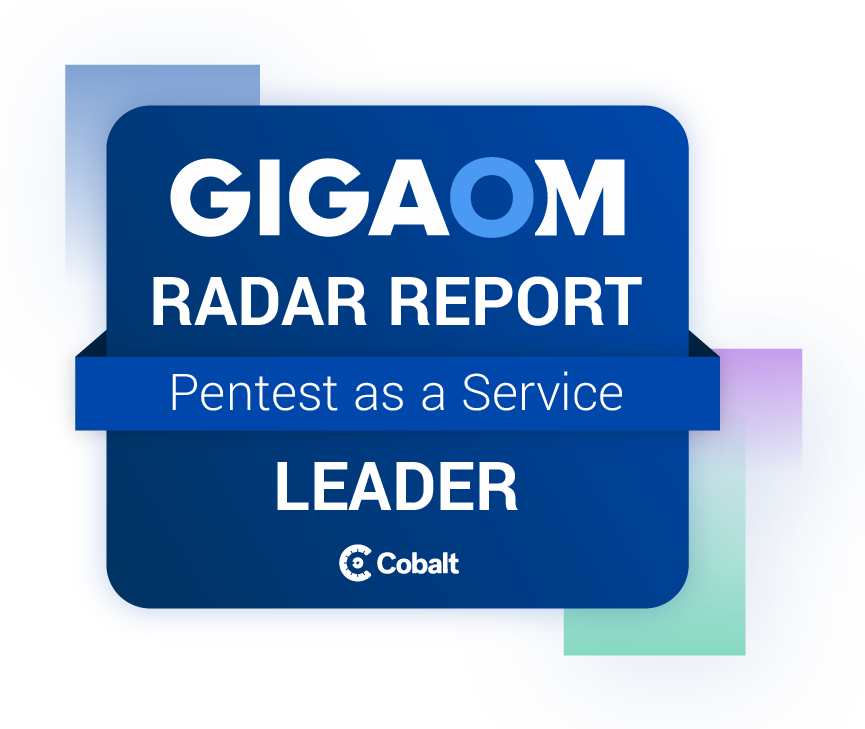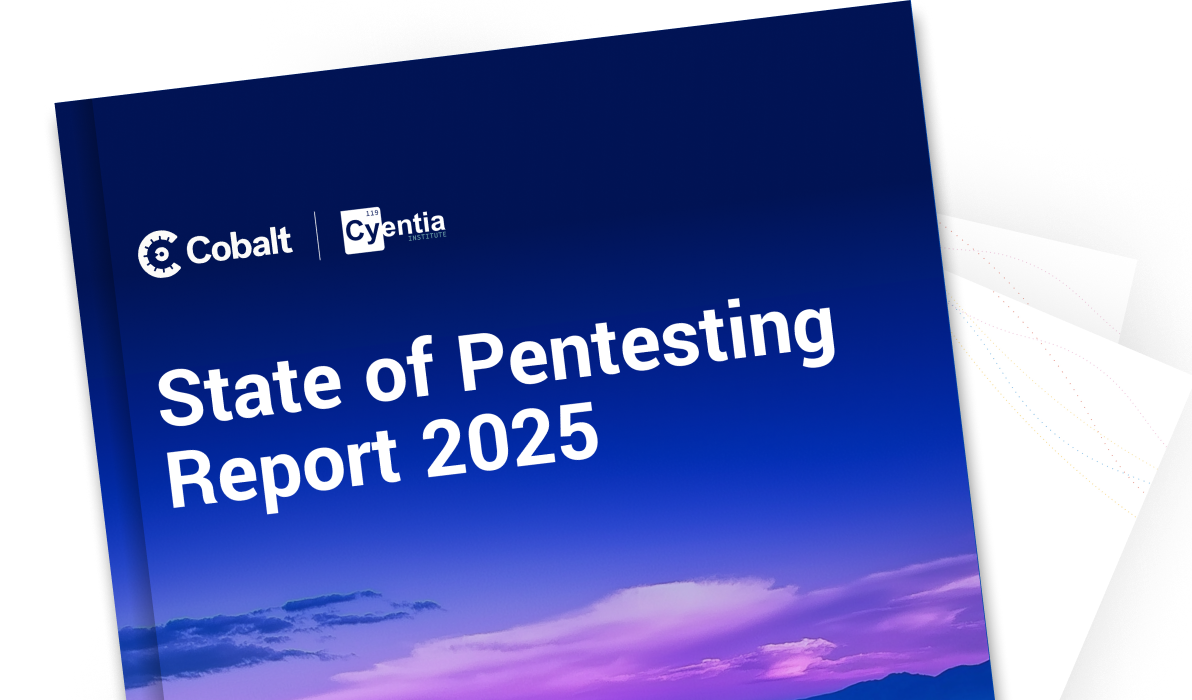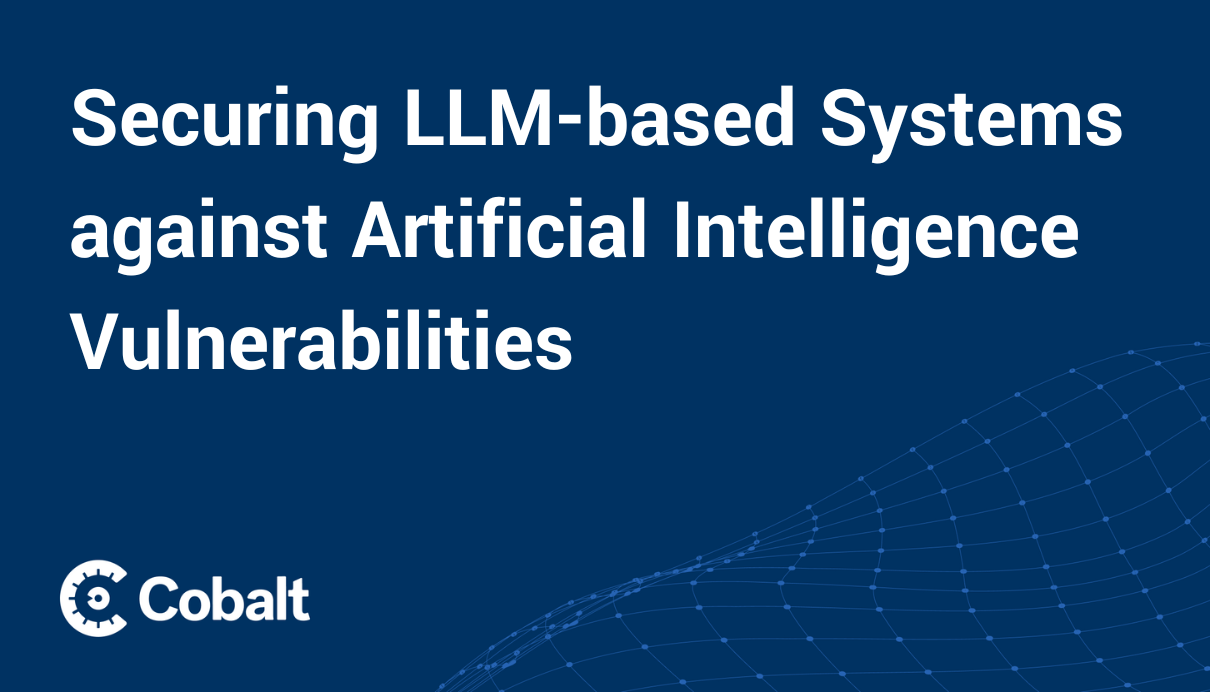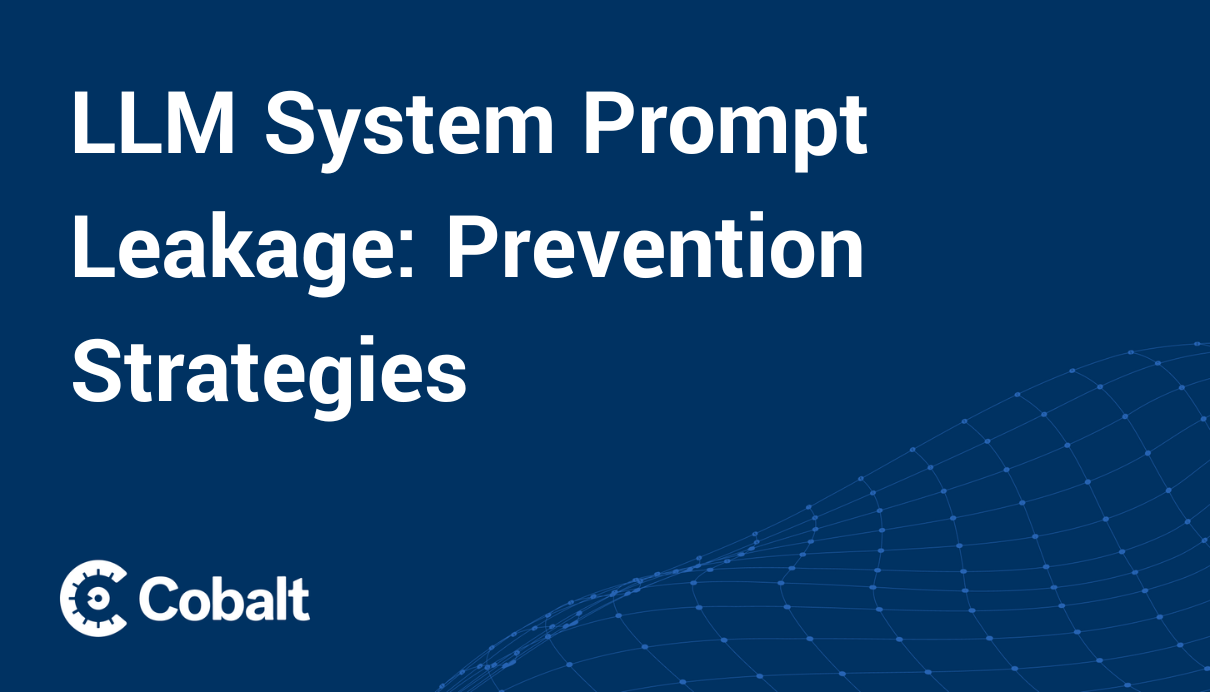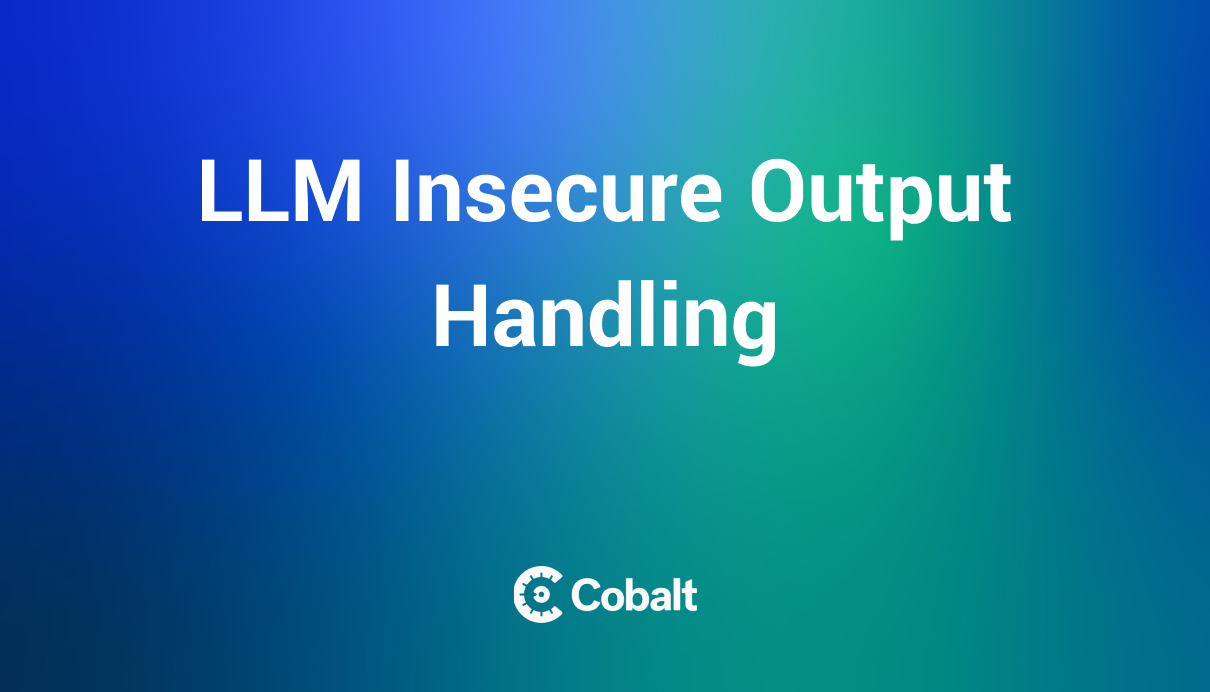This year's Open Web Application Security Project (OWASP) Top 10 for LLM Applications debuts a new leading vulnerability: LLM08:2025 Vector and Embedding Weaknesses.
AI reliance on vector embeddings to quantify data points opens up the risk of bad actors accessing and exploiting vectorized representations of sensitive data. Potential damage can range from data leaks to data poisoning to model behavior modification. This vulnerability can be mitigated by deploying proper permission and access controls, data and source validation, data classification, and data retrieval monitoring.
In this blog, we'll help you prevent vector and embedding weaknesses by covering:
- What vector and embedding weaknesses are
- Common examples of vector and embedding weaknesses
- How to protect your AI-enabled apps from vector and embedding weaknesses
Vector and Embedding Weaknesses Defined
Vector and embedding weaknesses are vulnerabilities in large language models (LLMs) stemming from their dependence on vectors to represent objects numerically. In machine learning, the terms vectors and embeddings often get used interchangeably or combined as "vector embeddings", but they differ in nuance:
- Vectors are data structures that allow objects such as images, sounds, and words to be represented numerically as mathematical arrays that machines can process by applying linear algebra, enabling the mathematical techniques used for machine learning
- Embeddings (or embedding vectors) are scalar representations of vectors as data points in continuous space, another critical step in supporting ML mathematical analysis
Essentially, embeddings are specialized vectors that allow non-numeric discrete objects to be represented as continuous values, so LLMs can analyze them mathematically. This enables LLMs to perform functions such as translating natural language into machine language and back, matching real-world data to mathematical models, and fine-tuning models for better accuracy.
LLMs employ embedding vectors both natively and through integration with third-party apps. Notably, LLMs use third-party embedding vectors to support retrieval augmented generation (RAG), a technique that uses external databases to expand LLM models beyond initial training data and optimize the accuracy of output.
RAG helps LLMs improve output accuracy and perform other valuable functions such as summarizing data, answering questions, and translating text. However, reliance on RAG has increased the risk of vector and embedding weaknesses being introduced into LLMs from outside databases. Embeddings may contain sensitive information, cross-references to other users or queries, decipherable source data, poisoned data, or code that modifies LLM functionality. Reliance on RAG has heightened the risk of these vulnerabilities being imported into LLM environments, accounting for the inclusion of vector and embedding weaknesses in the OWASP Top Ten list.
Common Examples of Vector and Embedding Weaknesses
Vector and embedding weaknesses typically manifest in a few common forms. These include:
- Unauthorized access and data leakage
- Cross-contextual leaks and conflicts
- Embedding inversion attacks
- Data poisoning attacks
- Behavior alteration
Let's look at what each of these vulnerabilities involves.
Unauthorized Access and Data Leakage
Insufficient authentication and access controls can allow unauthorized parties to access sensitive information in vector databases. A vector database may contain vital information such as personal data, financial information, medical records, legal documents, or proprietary secrets. The protection of this information depends on the security measures used by the LLM accessing the database. The information may be compromised if the LLM has weak authentication or permissions controls or if its controls get exposed and manipulated through other LLM vulnerabilities such as sensitive information disclosure or system prompt leakage. This potentially places data at risk and can lead to reputational, financial, and legal consequences.
Cross-contextual Leaks and Conflicts
Another set of vulnerabilities emerges from cross-referencing between LLM models and other components of their environments. For example, an LLM with a multi-tenant environment may allow multiple classes of users or apps to share vector databases. This runs the risk of data leakage between users or queries if, say, a query from one group calls embeddings from another group's LLM.
Alternately, conflicts between data sources can emerge, generating inconsistent output. For instance, in virtual database environments that use data federation to provide access to multiple databases as if they were a single database, data from different sources may contradict each other. The same thing can happen if an LLM encounters difficulties using retrieval augmentation data to update training data.
Embedding Inversion Attacks
Embedding inversion attacks exploit the fact that vector embeddings can be partly transformed back into their source data. This can allow sensitive data to be extracted from embeddings. For example, textual embeddings can be used to reconstruct personal information or facial recognition embeddings can be used to reconstruct identification photos.
Data Poisoning Attacks
Data poisoning occurs when parties deliberately or accidentally introduce vulnerabilities, backdoors, or biases into embedding data. Poisoned data can be introduced by multiple sources, including initial data seeding, unvetted data providers, system prompts, user prompts, or malicious insiders. Bad data from any of these sources can compromise LLM security or skew model output.
Behavior Alteration
Vector and embedding weaknesses also can alter LLM behavior. For example, say that a chatbot is designed to combine factual accuracy with emotional empathy. Retrieval augmentation may incorporate data that increases the model's accuracy at the expense of its emotional tone.
How to Prevent Vector and Embedding Weaknesses in Your AI-enabled Application
To protect LLM applications against vector and embedding weaknesses, OWASP recommends implementing the following best practices:
- Enforce permission and access control
- Apply data validation and source authentication
- Review data for combination and classification
- Monitor and log retrieval activity
Enforce Permission and Access Control
Prevent unauthorized LLM usage by enforcing granular access controls and permission-aware vector and embedding stores. Use logical and access partitioning of vector datasets to prohibit unauthorized access between different classes of users or groups. Only authorized users and groups should be able to access their relevant information.
Apply Data Validation and Source Authentication
Data and data sources should be subjected to rigorous validation procedures. Conduct routine audits and integrity checks of knowledge bases for hidden codes and data poisoning. Restrict data to trusted and verified sources.
Review Data for Combination and Classification
When combining data from multiple sources, vet the combined dataset to verify consistency. Tag and classify knowledge base data to enforce access controls and prevent data mismatches.
Monitor and Log Retrieval Activity
Retrieval-augmented generation activity should be tracked and logged. Set up automated detection and notification systems to respond rapidly to suspicious activity. When undesired behavior is detected, make appropriate adjustments to align models with intended outcomes.
Secure Your LLM against Vector and Embedding Weaknesses with Cobalt
Vector and embedding weaknesses can expose your LLM to risks of data breaches, data poisoning, and behavior modification. You can mitigate these risks by following OWASP's guidelines for permission and access control, data and source validation, data classification, and data retrieval monitoring.
You can verify the effectiveness of your mitigations by doing penetration testing of your LLM model. Cobalt provides professional LLM pentesting services to help you check for vector and embedding weaknesses and other common vulnerabilities. Our team of experienced pentesters works with OWASP to maintain LLM security standards, and we provide you with tips on LLM security through our blog. Our user-friendly platform makes it easy for your security team to collaborate with our experts and schedule on-demand pentests quickly without delays.
Contact us to schedule a demo and see how we can help you keep your LLM app secure against vector and embedding weaknesses.
